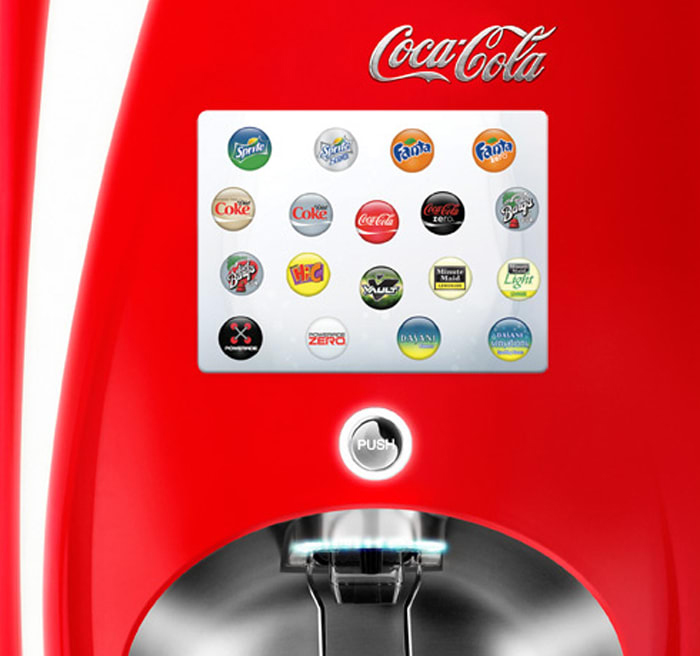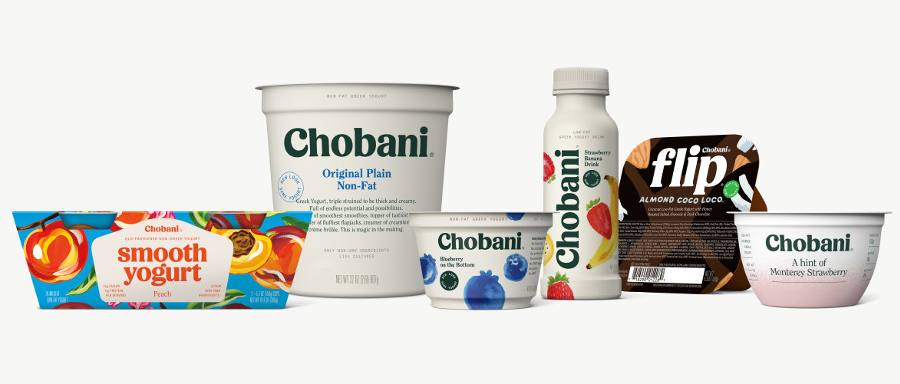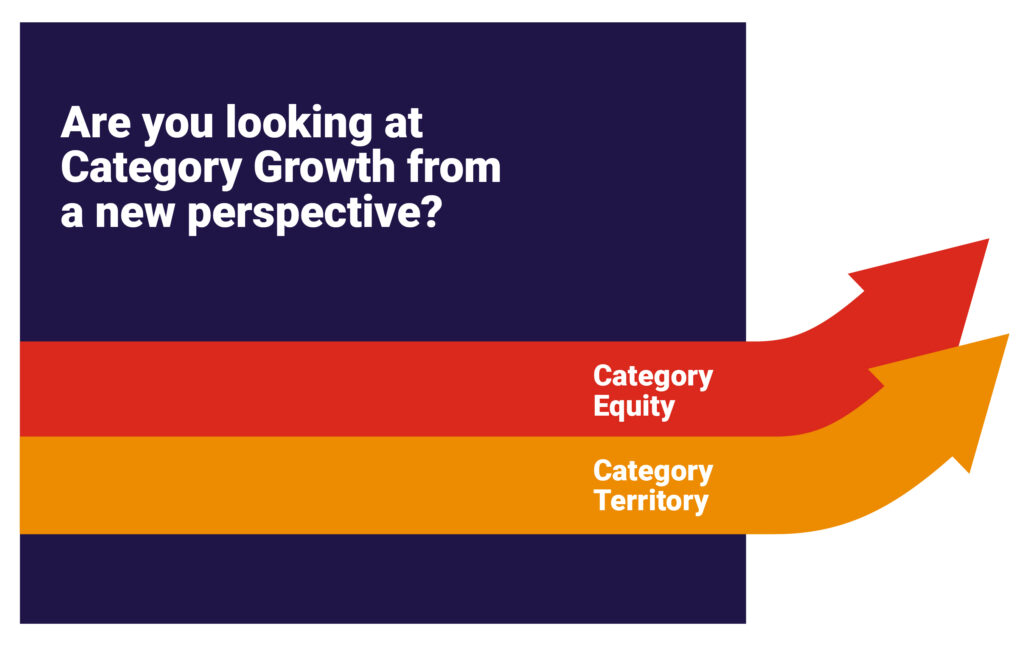Category Growth 26 August 2024
Beyond Market Share: How Category Growth Fuels Brand Longevity
Driving category growth is one of the best investments to sustain long-term brand success in the CPG industry. How can brands ensure this is executed effectively? Brands must strategically align their initiatives with consumer needs, market trends, and innovation opportunities. Read more about this and our framework for success to ensure long-term growth in the CPG industry.
Sevendots, Rome
6 minute read
Driving category growth is one of the best investments to sustain long term brand success in the CPG industry
A few years ago, we ran a study interviewing 130 marketers from multinational CPG companies, who indicated that driving category growth remains one of the best investments to sustain long term brand success (1). Not only there was a clear indication that category growth was an important activity for supporting long term CPG brands success (with almost 50% of the respondents claiming that category growth contributed significantly to the development of their brands in the previous 5 years), but also that this was becoming more relevant than in the past (with 54% of the respondents saying it was more important than 10 years before).
A 2021 Kantar Worldpanel analysis based on 29,000 brands across 52 countries indicated that brands are five times more likely to grow if their categories are growing (2). So, what does it mean to focus on category growth and how can it impact your business/brand growth for consumer goods companies?
Category growth versus market share
There is a potential ongoing tension between focusing on market share growth versus category growth. Traditionally companies have been almost obsessed with market share. 51% of brand-side marketers still believe growing market share is the most important task for a marketing department (3). The whole information system and performance KPI is mainly centered on your ability to expand market share, with category growth then taken for granted. However, as soon as the organic growth rate of CPG categories started to slow down, some brands experienced unanticipated issues.
For example, we worked for a client with a dominant CPG market share close to 50%, though it was within a category that was progressively declining. The company, in fact, was mainly focusing on winning market share from competition vs. trying to support the overall category and its equity and meaning for consumers. Once they modified their perspective in their approach to decision-making, their sales started to pick up again.
In reality, market share and category growth can work synergistically. In fact, if you focus on category growth using smart approaches you can gain a disproportionate share of the growth that will impact also your market share. This is precisely what happened with the launch of pods in the laundry detergent market. Combining multiple products and benefits in a well dosed pod which boosting the overall performance of your laundry, led to a clear game changer in the category. Ariel 3in1 pods succeeded in driving category growth, share growth and value growth at the same time (4).

Moreover, category growth can also be achieved by winning market share from other categories. For example, in food, growth can be seen as a market share game when winning consumption occasions from other categories. This applies to snacking moments as well as main meals, where a category can target winning a higher share of stomach leveraging, for example, a stronger Better For You/healthier profile or better linking to emerging trends.
It is worth noting how brands can work together to grow the category but compete for market share within it. An example might be the way Beyond Meat and Impossible Foods have both expanded the plant-based meat category, benefiting all players involved. Furthermore, these brands played a role in addressing the challenge of educating consumers and building demand, which is a common hurdle when expanding a category.
Identifying category growth drivers and aligning them with your portfolio
Thinking about category growth means first understanding properly what growth drivers are affecting the category, and then how you can leverage your portfolio accordingly.
The Sevendots Growth Drivers Mapping helps to identify and quantify the contribution of the key drivers of category growth, whether they are offer based (i.e. product innovation) or consumer demand based (i.e. emerging trends and consumer insights). The Sevendots Portfolio Analysis Framework matches the identified category growth drivers with the company portfolio so as to identify where the missed opportunities are. This exercise is becoming very important in informing the innovation pipeline, allowing for an updated offer which is better aligned with the growth drivers. These could be convenience or personalization or on the go consumption.
As an example, Coca-Cola’s Freestyle machines, which allow consumers to customize their drinks, was a disruption and innovation that very likely tapped into the personalization trend, driving both category and brand growth by centering consumer preferences.

Looking at how your current portfolio covers the identified growth drivers remains a fundamental approach to maximizing brand growth potential.
Two additional ways to drive category growth: category equity and territory expansion
There are two additional areas to support category growth. One is category equity – so how the overall category is perceived by consumers and what is the engagement they have in it.
Think about the developing role of coffee for younger generations. This category has become a way to express identity. Your coffee choice is close to who you are. This is linked to the fast rise of specialty coffees that are charging a super-premium. This goes beyond a “branding effort”, contributing to the increasing value of the category by significantly improving coffee/bean quality and consumer understanding and appreciation of these elements. This has been achieved both through consumer education and experience in store. Young people may trade down in other categories that are more remote from their identity, but they are prepared to pay a super-premium when deciding to drink a coffee either in or out of home.
Similarly, in recent years, sales of craft beer have grown by becoming a part of consumer identity, with local breweries fostering strong community ties and customer loyalty, thereby driving category growth.
The second area to consider is how the category can expand the territory it covers. This is related to the ability to answer new need states, cover new occasions and provide additional benefits. An example is related to whisky, which is normally an after-dinner drink, which has begun moving into aperitives. Jack Daniels have done this by latching on to the Spritz trend.

In the same way, Greek yogurt brands like Chobani expanded from the breakfast occasion to being a versatile ingredient used in cooking, snacking, and even desserts, significantly broadening the yogurt category’s territory.

In terms of added benefit, this was what chewing gum did many years ago by starting to associate the category with the personal care category of oral health, so that this new offer helped drive expansion into new product categories.

Both equity and territory expansion are key areas to be considered in driving sustainable category growth.
The advantages of pushing category growth
While market share remains an important measure of brand performance, long-term success is more sustainability-centred when brands also focus on growing the entire category to gain a competitive advantage. In fact, Category Growth brings many advantages such as allowing brands to think more long-term, becoming more appealing for the global consumer base while providing better revenue growth returns to shareholders.
This is achieved through supporting category equity and through expanding the category territory. Innovation is, of course, a main contributor as it also focuses on ensuring the category remains relevant and dynamic in the face of changing consumer behaviors.

It is important for brand owners to reassess their strategies and consider the potential of category growth in their planning. This can be done starting from a good understanding of the category growth drivers and continuously aligning the portfolio to them.
The recent turbulence brought on first by Covid-19 pandemic and then by the sharp increase in cost of goods in the supply chain has distracted brands from nurturing the foundations of long-term sustainable growth. The time has come to refocus on consumer-led innovation that addresses changing customer needs, in order to ensure both category sales growth and brand share within.
Actions for brand owners
By focusing on category growth, not only can you secure a larger share of today’s market, but you will also future proof your brand for the challenges and opportunities of tomorrow.
Start by analyzing the category you play in. Identify and quantify the contribution of its key growth drivers, whether they are offer based (i.e. product innovation for new product delivery) or demand based (i.e. emerging consumer trends).
Map your portfolio against the key drivers to identify the most important opportunities to drive growth with your brands.
Consider the opportunity to engage and partner with key retailers to accelerate and increase impact on growth.
Support can make all the difference in ensuring your brand maximises on growth opportunities. Get in touch with us to discover more about how we can assist you and your brand.
